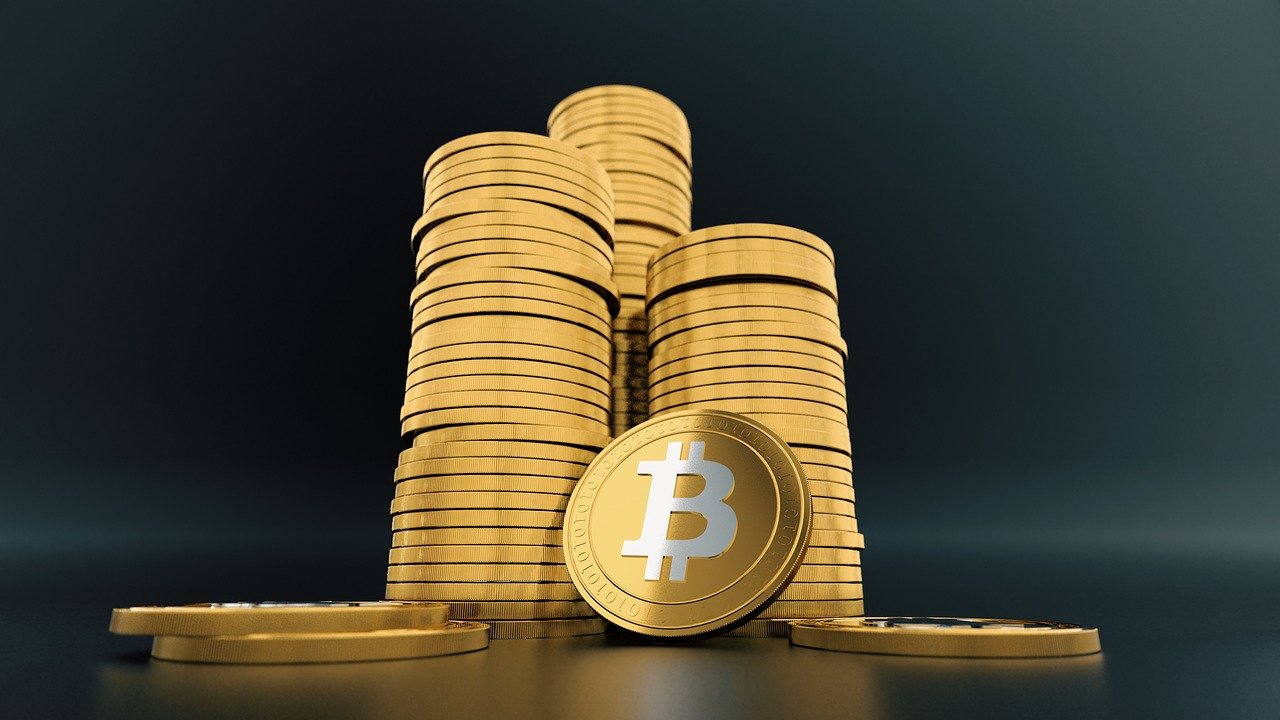EastMojo
Financial contagions can be triggered easily, if conditions are right. First one financial institution falls and then others follow, like a chain of falling dominoes.
The cinder that sparked the global financial crisis in 2007 is considered by many to have been a March 14 briefing by executives of the Lehman Brothers’ investment bank.
ADVERTISEMENT
CONTINUE READING BELOW
Under intense questioning from financial analysts, the executives admitted the bank had overstated the value of billions of dollars in subprime mortgages.
This news saw Lehman Brothers’ stock price crash, and led to investors losing faith in the entire edifice of complex financial deals that had been so profitable for banks and brokers.
As share prices fell, more investors scrambled to sell their stock, driving prices even lower. The contagion spread through global share, property and derivative markets.
Of course, it was a crisis waiting to happen. It took years to create the rickety system that collapsed under pressure. It was going to happen sooner or later. But it still needed a trigger.
We’re at a similar point in cryptocurrency markets.
ADVERTISEMENT
CONTINUE READING BELOW
This year has seen several major crypto-related collapses.
In May the Terra/Luna cryptocurrency, considered a reputable stablecoin with a total market cap of US$31 billion in April, was wiped out.
In July the US-based crytocurrency lender Celsius, with assets valued at US$12 billion in May, went bankrupt.
Then in November, FTX – one of the world’s biggest cryptocurrency exchanges, valued at $US32 billion at the beginning of 2022 – collapsed, taking with it the assets of 1.2 million customers.
Crypto owners are spooked, waiting for the next exchange to drop.
ADVERTISEMENT
CONTINUE READING BELOW
Last week it looked as if that might be the world’s biggest cryptocurrency exchange, Binance, after customers withdrew US$1.9 billion of assets in 24 hours.
To put that in perspective, that’s just 3.5% of the US$55 billion in assets Binance reported it was holding on December 18. Binance says withdrawals have settled down.
But the panic was real enough – apparently triggered by some large depositors interpreting a trading halt for one of Binance’s listed coins as signifying something more serious.
In any market crisis there’s always an underlying problem that provides the fuel for a cinder to spark.
In this case the problem is that Binance and other other centralised crypto exchanges (known as CEX) are riskier than other ways to store crypto assets.
ADVERTISEMENT
CONTINUE READING BELOW
There are good reasons for any crypto owner, after seeing what happened with FTX, another centralised exchange, to withdraw their assets.
The lesson from FTX is that if you don’t have self-custody of your crypto assets, you have no real control.
Centralised cryptocurrency exchanges are more like banks than exchanges. They act as custodians, holding customers’ crypto or fiat currency, similar to holding money in a bank account.
But banks are regulated – in part to minimise the disastrous “bank runs” that occurred regularly in the past.
This includes a global regulatory framework known as the Basel prudential guidelines, introduced in 1988 to ensure every bank holds enough capital and sufficient liquidity to meet withdrawals. It also requires banks to report financial information on a regular basis.
ADVERTISEMENT
CONTINUE READING BELOW
We take all this for granted. But it didn’t happen magically. It’s a function of careful planning based on strict minimum liquidity and capital requirements imposed by banking regulators.
Banks are closely supervised because they hold most of the money in the economy. For the economy to function it is vital that people can store money safely and securely, and accessed when required.
We need the same oversight of cryptocurrency.
EASTMOJO PREMIUM
Help sustain honest journalism.
Every centralised crypto exchange is in danger if customers’ withdrawals exceed its liquid assets. If it can’t cover withdrawals, it must freeze customers’ accounts. At that point the end is nigh. This is what happened with FTX – albeit the person making the most problematic withdrawals was founder Sam Bankman-Fried.
The next big crypto collapse is not a question of “if” but “when” – and whether governments can work quickly enough to build the regulatory buffers to stop collapse leading to contagion.
ADVERTISEMENT
CONTINUE READING BELOW
It may not be possible to avert a crisis, but it can be contained.
Paul Mazzola, Lecturer Banking and Finance, Faculty of Business and Law, University of Wollongong
This article is republished from The Conversation under a Creative Commons license. Read the original article.
Also read | Why Paris 2024 Olympics will be an uphill battle for most Indian athletes
Latest Stories
EastMojo is a digital news media platform promoting north east India news. Led by a team of renowned journalists, EastMojo covers all the news from the 8 north-eastern states that are Arunachal news, Assam news, Manipur news, Meghalaya news, Mizoram news, Nagaland news, Sikkim news and Tripura news. The focus is always on bringing to the forefront Assam’s latest news, news live from ground zero, breaking news of Northeast, Assam news headlines, and quality stories that reflect the culture and ways of life of the people in the region.
Privacy policy
Terms of Use
Refund Policy
Advertise with EastMojo
Contact Us
About Us
Careers @EastMojo
Grievance Redressal
Author
Administraroot


